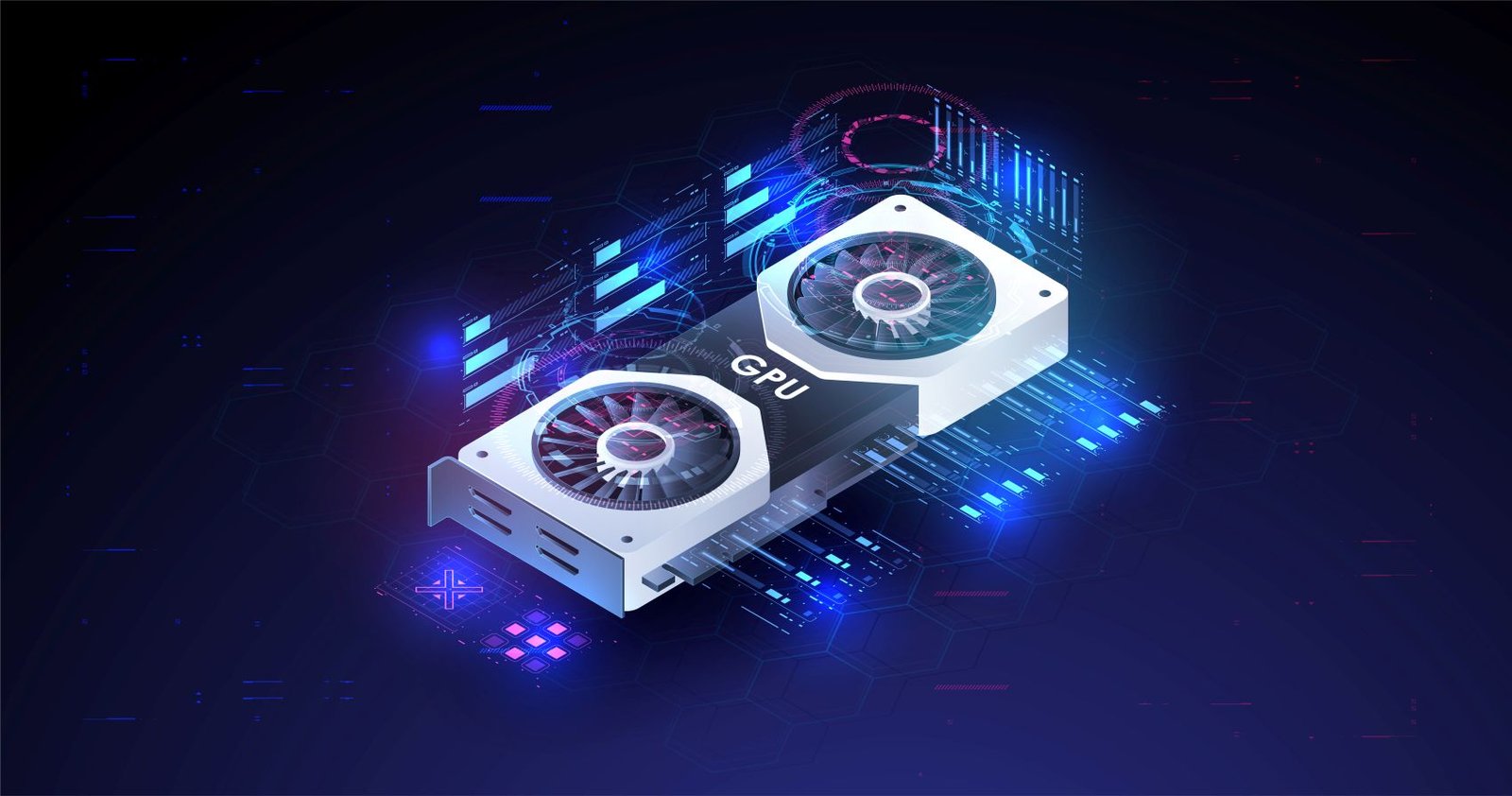As the digital landscape evolves, the demand for faster and more efficient data transfer continues to skyrocket. Enter PCIe 6.0, the latest iteration of the Peripheral Component Interconnect Express standard, promising unparalleled speed and performance. With a staggering data rate of 64 GT/s and cutting-edge features like PAM4 signaling, PCIe 6.0 is set to revolutionize industries ranging from gaming to AI and enterprise storage.
Imagine a world where your data transfers faster than ever, where the bottleneck between your processor and storage devices is a thing of the past. PCIe 6.0, the latest breakthrough in Peripheral Component Interconnect Express (PCIe) technology, promises just that.
With a jaw-dropping data rate of 64 GT/s (gigatransfers per second) and innovative features like PAM4 signaling, PCIe 6.0 is a game-changer. Whether you’re a tech enthusiast, gamer, or IT professional, understanding PCIe 6.0 is essential to staying ahead of the curve in 2025.
On This Page
Table of Contents
Breaking Down the Basics : What is PCIe 6.0?
PCIe, short for Peripheral Component Interconnect Express, is a high-speed interface standard used to connect various hardware components to your motherboard. From GPUs to SSDs, almost every modern computer component relies on PCIe.
Key Features of PCIe 6.0:
| Feature | Details |
|---|---|
| Data Rate | 64 GT/s, doubling PCIe 5.0’s 32 GT/s |
| Bandwidth per Lane | Up to 256 GB/s in x16 configuration |
| Signaling Technology | PAM4 (Pulse Amplitude Modulation 4-level) |
| Latency Improvements | Reduced delays for real-time applications |
| Backward Compatibility | Works with PCIe 5.0, 4.0, and earlier versions |
Evolution of PCIe
- PCIe 3.0: 8 GT/s (introduced in 2010)
- PCIe 4.0: 16 GT/s (introduced in 2017)
- PCIe 5.0: 32 GT/s (introduced in 2019)
- PCIe 6.0: 64 GT/s (introduced in 2022)
Each iteration has doubled the data rate, but PCIe 6.0 introduces PAM4 signaling, enabling a massive performance boost while maintaining signal integrity.
Speed and Efficiency: How PCIe 6.0 Outshines Its Predecessors
With 64 GT/s, PCIe 6.0 achieves double the bandwidth of its predecessor, PCIe 5.0. This is made possible through PAM4 signaling, which transmits two bits per cycle instead of one, effectively increasing the data rate without requiring a proportional increase in frequency.
Benefits of PCIe 6.0 over PCIe 5.0:
- Twice the data transfer rate.
- Enhanced efficiency for multi-tasking and resource-heavy applications.
- Improved error correction through Forward Error Correction (FEC).
- Reduced power consumption per bit transferred.
Real-World Scenario
A high-performance NVMe SSD on PCIe 6.0 can achieve read/write speeds of up to 16 GB/s, compared to the 7-8 GB/s on PCIe 4.0 drives.
This translates to faster load times for games, quicker data processing for AI models, and seamless 8K video editing.

Applications of PCIe 6.0: Beyond Just Storage
While PCIe 6.0 is synonymous with high-speed storage, its applications extend far beyond. Here are a few industries where PCIe 6.0 is making waves:
1. AI and Machine Learning
Training machine learning models often requires transferring massive datasets between GPUs and storage. PCIe 6.0’s high bandwidth ensures faster data access, reducing training times.
2. Gaming and Graphics
- Real-time ray tracing in 4K/8K resolutions.
- Smoother gaming experiences with reduced latency.
- Seamless VR performance.
3. Enterprise Data Centers
- Efficient data processing and virtualization.
- High-speed networking for cloud applications.
- Better scalability for server clusters.
The Impact of PCIe 6.0 on NVMe SSDs
NVMe SSDs, which already deliver blazing-fast performance, are set to become even faster with PCIe 6.0. Let’s break down the improvements:
| Metric | PCIe 4.0 NVMe SSD | PCIe 5.0 NVMe SSD | PCIe 6.0 NVMe SSD |
|---|---|---|---|
| Maximum Read Speed | ~7 GB/s | ~14 GB/s | ~16 GB/s |
| Maximum Write Speed | ~5 GB/s | ~12 GB/s | ~14 GB/s |
| Latency | ~20 µs | ~12 µs | ~8 µs |
Why It Matters:
- Faster load times for applications and games.
- Quicker boot times.
- Enhanced productivity for content creators and developers.
Power Consumption and Latency Improvements

One of the challenges of increasing bandwidth is managing power consumption and latency. PCIe 6.0 tackles this with innovative solutions:
- Forward Error Correction (FEC): Ensures data integrity without significant latency penalties.
- Power Efficiency: Transmits more data per watt compared to earlier PCIe versions.
Use Case Example
In a data center, where thousands of devices operate simultaneously, PCIe 6.0 reduces energy costs while delivering faster performance. This is crucial for green computing initiatives.
Adoption Timeline: When to Expect PCIe 6.0 Hardware
The adoption of PCIe 6.0 is already underway. Major hardware manufacturers are releasing components designed for this standard.
Current Status:
- PCIe 6.0-compatible motherboards and GPUs are expected to dominate the market by late 2025.
- Enterprise solutions, like high-speed storage arrays, are already leveraging PCIe 6.0 in limited capacities.
Future Milestones:
- Consumer adoption will accelerate as gaming consoles and PCs integrate PCIe 6.0.
- Broader compatibility with peripherals, such as external GPUs and capture cards.
Preparing for the PCIe 6.0 Transition
Upgrading to PCIe 6.0 may seem daunting, but careful planning ensures a seamless transition.
Steps to Prepare:
- Check Compatibility: Ensure your motherboard and CPU support PCIe 6.0.
- Upgrade Key Components: Focus on GPUs and NVMe SSDs to maximize benefits.
- Firmware Updates: Manufacturers may release BIOS updates to enable PCIe 6.0 functionality.
Pro Tip:
Look for “PCIe 6.0 Ready” labels on upcoming hardware to future-proof your investments.
The Future of PCIe: What’s Beyond Version 6.0?
As groundbreaking as PCIe 6.0 is, the roadmap for PCIe doesn’t stop here. PCIe 7.0 is already in development, aiming for a data rate of 128 GT/s. While PCIe 6.0 focuses on speed and efficiency, future versions will likely emphasize AI optimization and integration with emerging technologies like quantum computing.
Key Predictions for PCIe 7.0 and Beyond:
- Higher efficiency for autonomous vehicles and IoT devices.
- Support for exascale computing.
- Enhanced scalability for distributed systems.
Resolution
In the fast-paced world of technology, staying ahead requires embracing innovations like PCIe 6.0. With its unmatched speed, improved efficiency, and broad application scope, PCIe 6.0 is more than just an upgrade — it’s a necessity for future-proofing your storage and computing needs. Whether you’re a gamer craving smoother experiences or an enterprise looking to optimize operations, PCIe 6.0 is the key to unlocking new possibilities.
As we look toward 2025, now is the time to invest in this transformative technology and ensure your hardware remains relevant in a rapidly advancing digital era. The future is here — and it’s powered by PCIe 6.0.
FAQs
What is PCIe 6.0?
PCIe 6.0 is the latest version of the Peripheral Component Interconnect Express (PCIe) interface. It offers a data transfer rate of 64 GT/s (gigatransfers per second) and doubles the bandwidth of PCIe 5.0.
How is PCIe 6.0 different from PCIe 5.0?
PCIe 6.0 uses a new signaling method called PAM4 (Pulse Amplitude Modulation 4-level) to achieve faster data rates. It also improves efficiency and includes features like Forward Error Correction (FEC) for better data integrity.
What are the benefits of upgrading to PCIe 6.0?
Faster speeds for gaming, data processing, and content creation.
Lower latency for real-time applications.
Improved energy efficiency compared to earlier versions.
Can I use PCIe 6.0 hardware on older motherboards?
Yes! PCIe 6.0 is backward compatible, so it works with older PCIe versions like 5.0, 4.0, and 3.0.
When will PCIe 6.0 become widely available?
PCIe 6.0-compatible hardware is already entering the enterprise market. By 2025, consumer devices like motherboards, GPUs, and SSDs with PCIe 6.0 support are expected to become mainstream.
Do I need to replace all my components for PCIe 6.0?
Not necessarily. You can upgrade specific components, like GPUs or SSDs, to take advantage of PCIe 6.0’s performance. However, your motherboard must support PCIe 6.0 for full benefits.
Is PCIe 6.0 power-efficient?
Yes, PCIe 6.0 transmits more data per watt compared to earlier versions. It’s designed to handle higher bandwidth while minimizing energy usage.
What is PAM4, and why is it important for PCIe 6.0?
PAM4 stands for Pulse Amplitude Modulation 4-level. It allows PCIe 6.0 to send two bits of data per cycle, doubling the data rate without requiring a proportional increase in signal frequency.
How fast are PCIe 6.0 NVMe SSDs?
PCIe 6.0 NVMe SSDs can achieve read/write speeds of up to 16 GB/s, significantly faster than PCIe 4.0 SSDs, which peak at around 7-8 GB/s.
Do all CPUs support PCIe 6.0?
Not yet. Only the latest CPUs released in 2024-2025 and beyond will include native support for PCIe 6.0. Always check your CPU’s specifications.
How does PCIe 6.0 handle data integrity?
PCIe 6.0 uses Forward Error Correction (FEC) to detect and fix data errors during transmission. This ensures reliable performance without significant delays.
What’s next after PCIe 6.0?
PCIe 7.0 is already under development and promises to double PCIe 6.0\u2019s data rate to 128 GT/s. It will focus on scaling performance for AI, cloud computing, and quantum applications.









